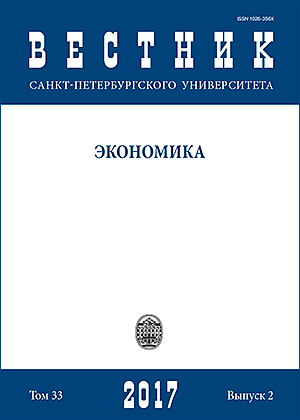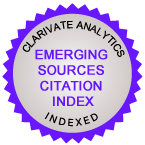The effects of experience and cohort on earnings of Russian workers over 1998–2013
DOI:
https://doi.org/10.21638/10.21638/11701/spbu05.2017.202Abstract
The investigation makes use of longitudinal data on the Russian labor market over 1998–2013 to explore the determinants of earnings. The Mincer’s equation includes experience or age, year of birth, period, among others factors. We use the index of real total wages calculated for each gender instead of period in the equation to separate the effects. The Heckman selection estimator is used in order to correct the selectivity bias. The results indicate that the on-the-job training and vocational retraining are effective ways of the accumulation of human capital. Investments in human capital provide a considerable growth of predicted earnings during the working life of people of both genders with secondary vocational or higher education. The transition to a market economy had resulted in the depreciation of a part of human capital accumulated in the Soviet economy. Workers failed to replace the skills devalued due to the transition with up-to-date ones during the post-transition period. As a result, predicted earnings of men and women born before 1970 are significantly lower than these of their younger colleagues, other things being equal.
Keywords:
human capital, the Mincer’s earnings equation, the on-the-job training, the cohort effect, Russia
Downloads
References
References in Latin Alphabet
Translation of references in Russian into English
Downloads
Published
How to Cite
Issue
Section
License
Articles of the St Petersburg University Journal of Economic Studies are open access distributed under the terms of the License Agreement with Saint Petersburg State University, which permits to the authors unrestricted distribution and self-archiving free of charge.






